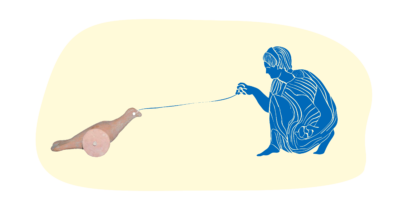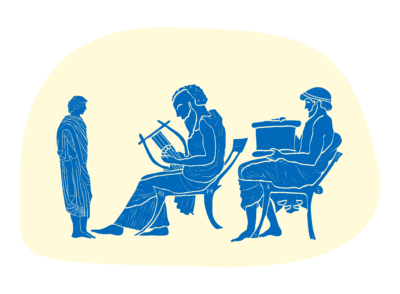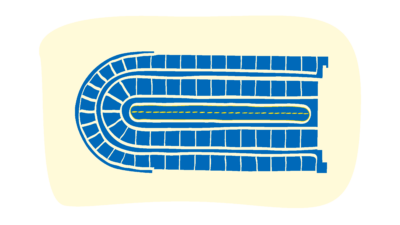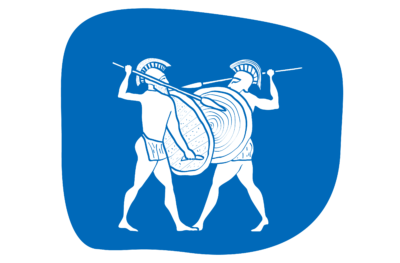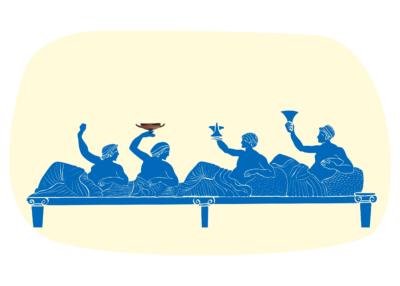The City
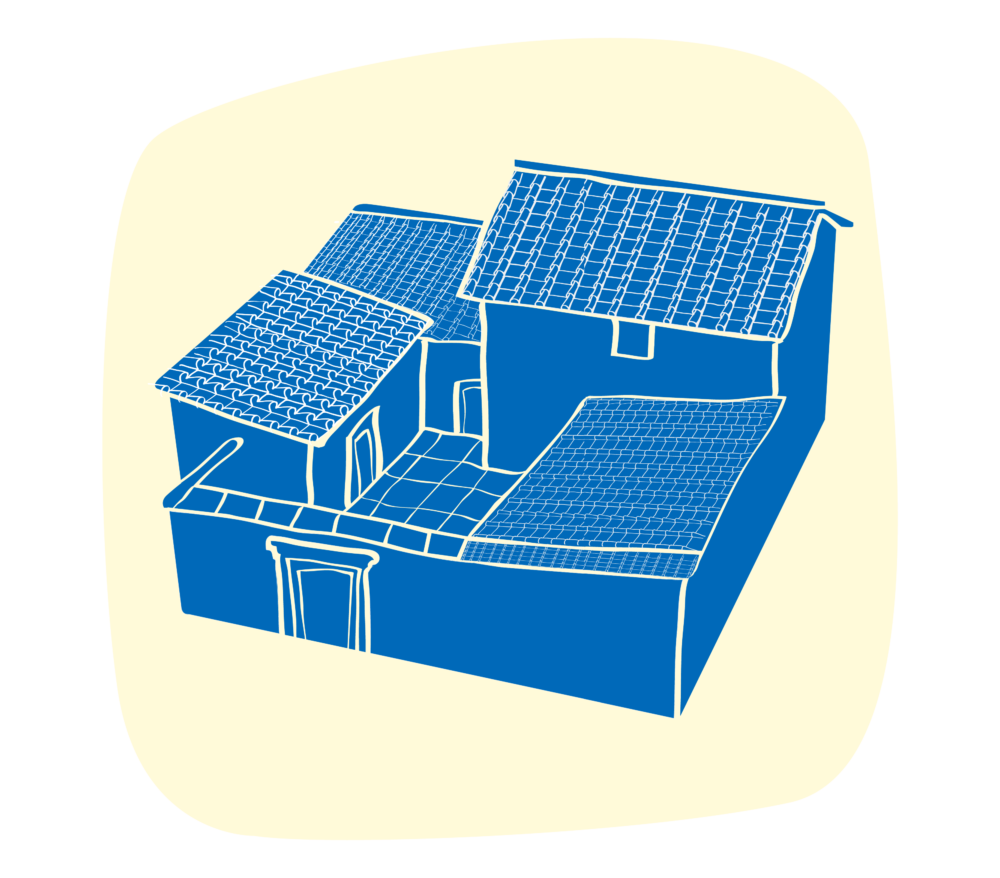
Most houses were relatively small and modest. Athens residents who belonged to the upper classes owned larger houses. Some of these were single-storied, while others were two-storied. In these houses, rooms were organized around the courtyard, which was in the center. In the courtyard, there was also an altar dedicated to Zeus Herkeios (hérkos: fence). In family worship ceremonies, Zeus was worshipped as the protector of the house. Houses included the andronitis, i.e. the room where the man of the house received his friends. In the evenings, he and his male companions would hold their symposia (banquets) there. Next to it was the gynaeconitis, i.e. the room for women, children and female slaves. In two-storied houses, the gynaeconitis was on the upper floor. There were of course also auxiliary rooms, which were located around the courtyard: Kitchens, storerooms, baths, etc.
Leon and Meliti’s house
My name is Leon. I was born and raised in Athens, ancient Greece’s most famous city, at the time when the Parthenon was being built. Our house is large, it has two floors and a large courtyard in the center, around which all the rooms are organized. Apart from my parents and my little sister, Meliti, the slaves who help with the daily chores also stay with us. Clearchos, my pedagogue (tutor/educator), has a special place among them. The Athens I live in is nothing like the city you know today.
In Athens
The neighborhoods of Athens are spread out randomly, depending on the space and needs, around the Acropolis, which is the religious center of the city. The streets are narrow and irregular, without paving and lighting. There are only three major public roads that ensure easy communication between the city and the port of Piraeus.
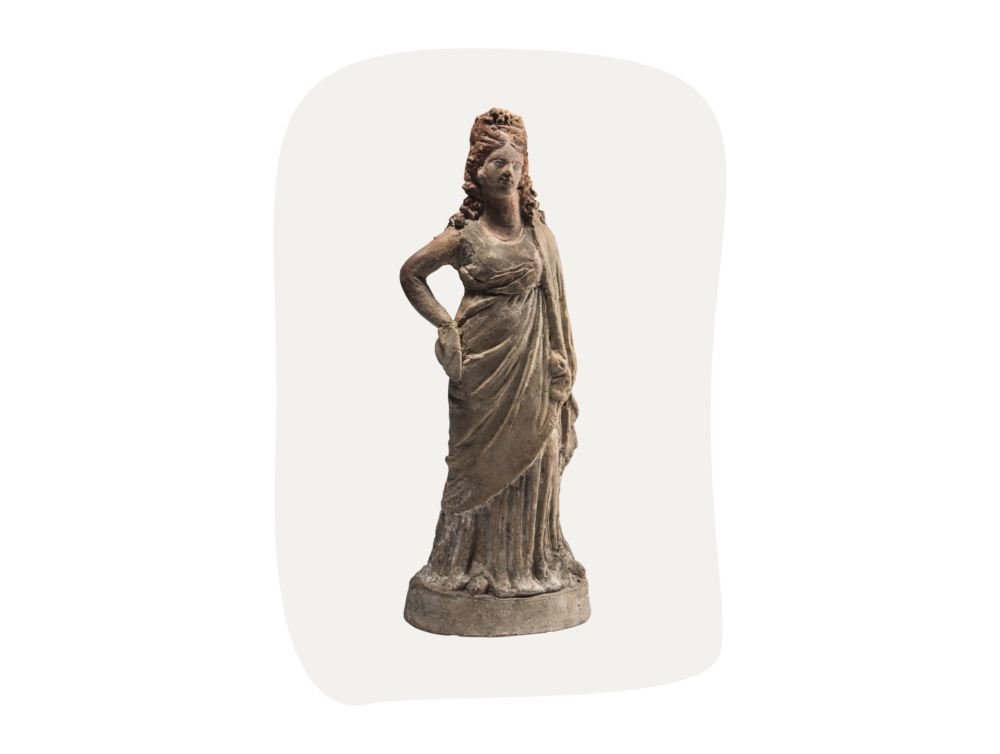
Men and women led different lives, while social differences were also pronounced, especially between Athenian citizens, foreigners living in Athens and slaves.
Women would not leave the house, except very rarely, and only accompanied by one of the men of the house. Young girls were accompanied by their father, their brother or a trusted slave. One of the girls’ duties was to go to the public fountains2 (krene) and use hydrias3 (vessels with three handles) to fetch water for the house (hydria, [h]ydor: water). Some houses had wells that directly served the needs of the family, since they were located in the courtyard of the house.
Female figurine of the “Tanagra” type, 1st c. BC
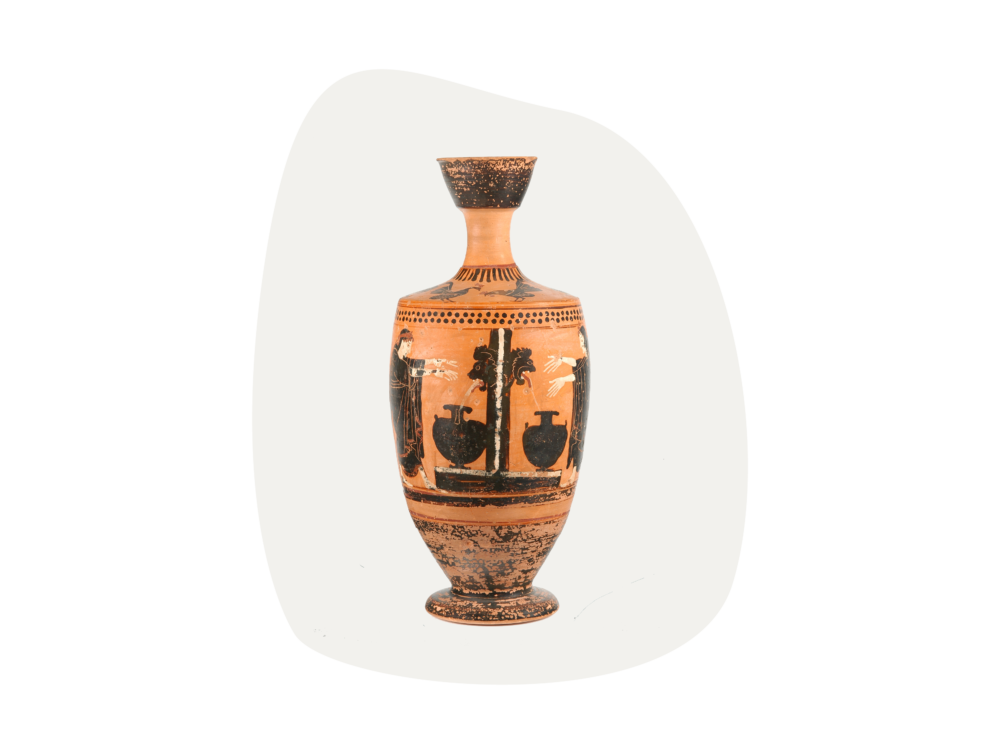
Most houses have wells and cisterns to collect rainwater. In various parts of the city there are fountains, where the water comes from the springs of the Ilissos River through the aqueduct built by Pisistratus about 100 years earlier.
In this particular vase, we have a scene from the everyday life of a. women were the raising of children and housekeeping. One of the few opportunities they had to leave the house, except for certain religious festivals and ceremonies, was to carry water from the public fountains.
Black Figure lekythos depicting two women filling their water jars at a fountain. 6th century BC.
GLOSSARY:
- Pedagogue: The most trusted slave of the house, who took care of the boys. The pedagogue accompanied them on their walks and was responsible for their behavior.
- Krene: Public fountain
- Hydria: A vessel with three handles, used to carry water
ON THE WALK:
Take a walk with your friends in the area around the Acropolis and take a photo of an ancient monument or one of the old houses that made an impression on you.



